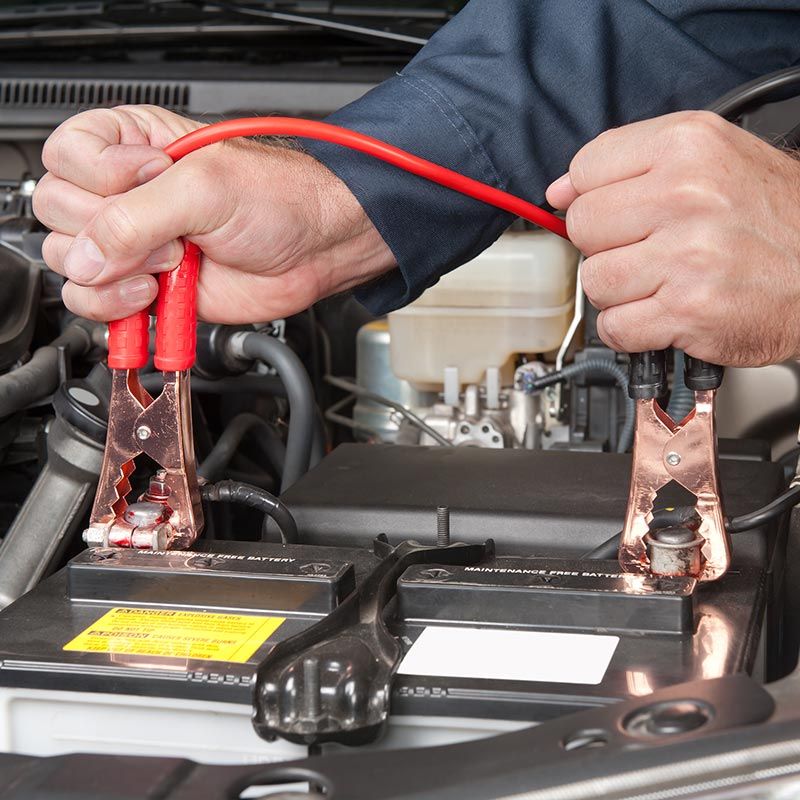In a world increasingly dependent on portable electronic devices, batteries have become an integral part of our daily lives. From smartphones to electric vehicles, batteries power the gadgets and technologies that keep us connected and make our lives more convenient. However, as the demand for batteries continues to rise, so does the need for responsible disposal and recycling. In this blog, we’ll delve into the importance of battery recycling and the environmental benefits it offers.
The Battery Boom
Over the past few decades, there has been a significant surge in the production and consumption of batteries. This can be attributed to the widespread adoption of electric vehicles (EVs), renewable energy storage solutions, and the ever-expanding array of portable electronics. While batteries have undoubtedly revolutionized our lives by providing portable power, they also pose unique environmental challenges.
The Environmental Impact
Batteries are not your typical household waste. Unlike paper, plastic, or glass, they contain various chemicals and metals, including lithium, cobalt, nickel, and lead. When improperly disposed of in landfills, these substances can leach into the soil and groundwater, contaminating ecosystems and posing health risks to both humans and wildlife.
Additionally, the production of batteries, especially those with rare and precious metals, can be resource-intensive and energy-demanding. The mining and extraction of these materials contribute to habitat destruction, air and water pollution, and greenhouse gas emissions.
The Case for Battery Recycling
Battery recycling offers a compelling solution to mitigate these environmental impacts. Here are several reasons why recycling batteries is crucial:
- Resource Conservation: Recycling batteries helps recover valuable materials like lithium, cobalt, and nickel. These materials can be reused in the production of new batteries, reducing the need for virgin resources and the associated environmental toll of mining and extraction.
- Pollution Prevention: Proper battery recycling prevents harmful chemicals and metals from leaching into the environment. This helps protect soil, water, and air quality, safeguarding ecosystems and human health.
- Energy Savings: Recycling batteries consumes significantly less energy compared to mining and refining raw materials. This energy efficiency reduces greenhouse gas emissions and lowers the overall carbon footprint of battery production.
- Economic Benefits: Battery recycling creates jobs and economic opportunities in the recycling and manufacturing sectors. It also reduces the cost of producing new batteries, which can benefit consumers in the long run.
- Regulatory Compliance: Many countries and regions have established regulations for battery disposal and recycling. Compliance with these regulations is not only environmentally responsible but also legally required.
The Recycling Process
Battery recycling involves a multi-step process that varies depending on the type of battery being recycled. Here’s a general overview of the recycling process:
- Collection: Used batteries are collected from various sources, including households, businesses, and electronic waste recycling centers. Some manufacturers also offer take-back programs for their products.
- Sorting: Once collected, batteries are sorted by type (e.g., alkaline, lithium-ion, lead-acid) to facilitate efficient recycling.
- Breaking Down: The batteries are then mechanically or chemically processed to separate their components. This typically includes crushing or shredding to break them into smaller pieces.
- Metals Recovery: The broken-down components are heated to recover valuable metals like lithium, cobalt, and nickel. These metals can be used to manufacture new batteries or other products.
- Chemical Treatment: In the case of lead-acid batteries, a chemical process is used to neutralize the acid and recover lead.
- Plastic and Other Materials: Plastics and other non-metallic components are also recovered and can be recycled or disposed of responsibly.
- Quality Control: Throughout the recycling process, quality control measures ensure that the recovered materials meet industry standards for purity and quality.
- Manufacturing New Batteries: The recovered materials are then used in the production of new batteries or other products, closing the recycling loop.
Consumer Participation
While the benefits of battery recycling are clear, its success relies on the active participation of consumers. Here are some steps you can take to contribute to battery recycling efforts:
- Educate Yourself: Learn about the different types of batteries and their recycling options. Many communities have designated drop-off locations or recycling programs.
- Separate Batteries: Keep used batteries separate from your regular household waste. Store them in a cool, dry place to prevent corrosion and leakage.
- Use Rechargeable Batteries: Consider using rechargeable batteries, which can be recharged and reused multiple times, reducing the overall number of batteries that need recycling.
- Support Take-Back Programs: Some battery manufacturers offer take-back programs where you can return used batteries for recycling. Take advantage of these initiatives when available.
- Spread Awareness: Share information about battery recycling with friends and family to encourage responsible disposal practices.
Conclusion
Battery recycling is a critical component of our efforts to reduce waste, conserve resources, and protect the environment. As the demand for batteries continues to grow, it’s essential that we all play our part in ensuring that these power sources are recycled properly. By doing so, we can contribute to a cleaner, more sustainable future while enjoying the benefits of the technologies that batteries enable.

